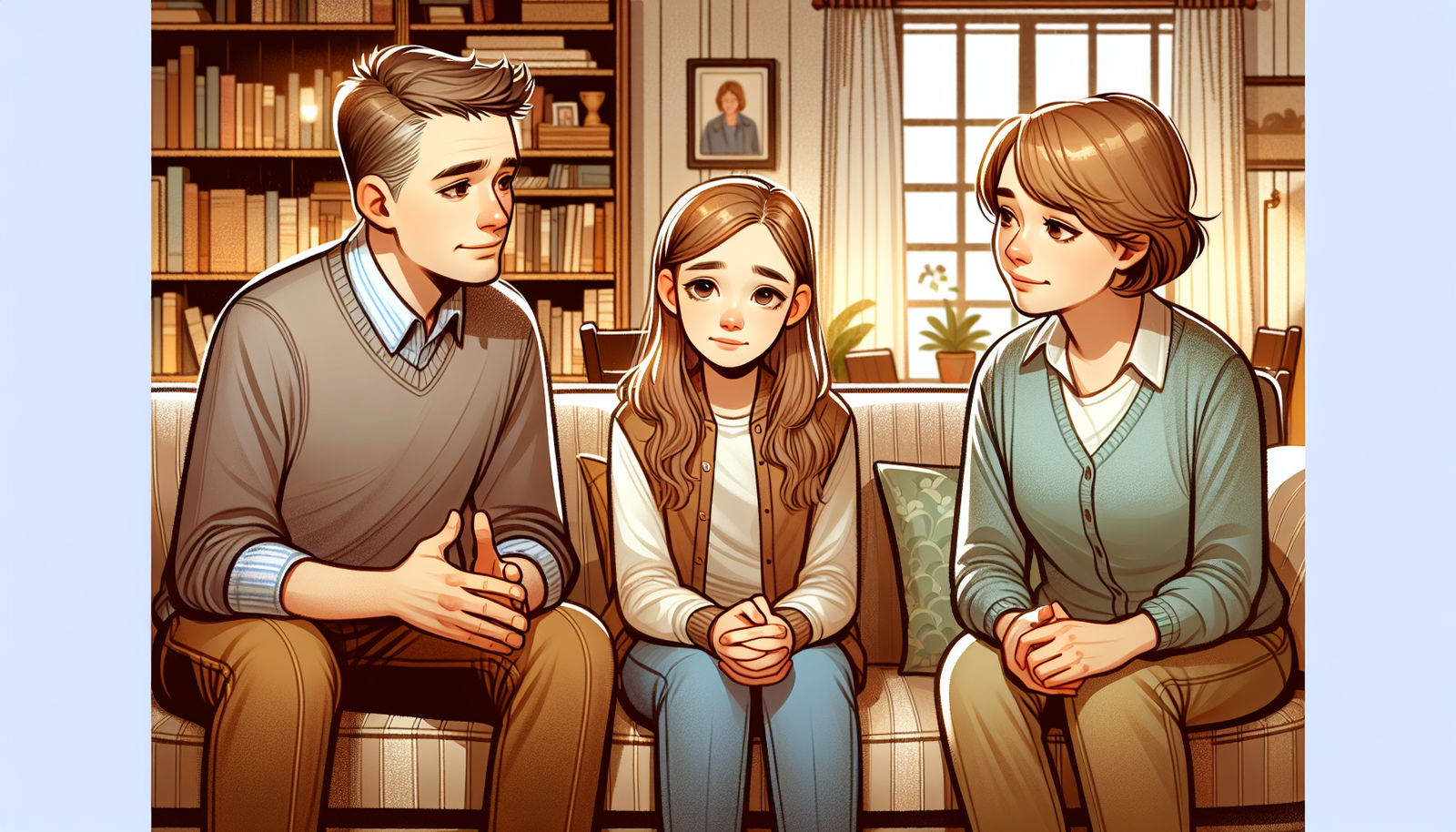The Unexpected Adventures of Childhood Lies
It’s a universal truth known by every parent on this planet that at some point, children develop an uncanny talent for storytelling.
The Birth of a Little Liar
It was a typical Tuesday morning when I noticed my 7-year-old, Emily, sitting on the kitchen counter, eyes wide with what I can only describe as pure mischief.
“Mom,” she exclaimed, “a unicorn ate my homework!”
As a mom of three, I’ve encountered my fair share of tall tales, but this one had that extra touch of magic that only a child’s imagination can conjure.
Creative Tall Tales: The Pros
Why is my kid lying? This question echoes in almost every parent’s mind at some point.
Here’s the thing: childhood lying isn’t always the ominous sign of a serial fibber in the making.
- It’s a *sign* of intelligence and creativity. Emily’s unicorn story? That’s the product of a flourishing imagination.
- Lying can often be a child’s way of testing boundaries.
- Sometimes, it’s just a matter of avoiding immediate consequences, especially if someone with markers has gotten too friendly with the living room wall!
Understanding Versus Reacting
From one parent to another, the first step in dealing with these hilarious truths is staying calm. There’s no need to shout or get upset.
When Emily first graced us with her unicorn tale, I had two choices: confront her with logic or dive into her world. I chose the latter.
Addressing the Little Lies
Knowing that this newfound skill can grow into a concerning habit, I figured I’d attempt to understand it before heading into disciplinarian mode.
Here’s an approach that has worked wonders (or unicorn magic!) in our household:
1. Validate Their Feelings
When Emily introduces a character into her narrative, I aim to validate her feelings without agreeing with her story.
“Wow, a unicorn! That must have been something to see. I wonder why it chose your homework?”
2. Encourage Truth-Telling
Gentle encouragement goes a long way. I often ask, “What do you think really happened?”
This question often results in a pause, a smile, and eventually, the real scoop.
3. Use Humor
Humor is a powerful tool. When Emily insists on mystical interruptions, we turn it into a family act, sharing our own “wild” truths.
Learning Moments
There’s something inherently funny and utterly innocent about the lies of children, reminding us of our own own vivid childhood imaginations.
Turning the moment into a learning experience has been my go-to strategy.
After the story is done, we share a chuckle and gently explain the importance of honesty.
The Social Media Effect
Sharing these quirky tales on social media has a double bonus: keeps family and friends entertained while reminding us that everyone’s been there.
Each post garners comments from my tribe of moms, along with seasoned grandparents who have lived through every version of childhood lies imaginable.
- Humor truly brings us together.
- It offers comfort in knowing we’re all in this delightful chaos together.
The Bottom Line
Lying is often a creative exploration, not a character flaw. Encouraging honesty while fostering imagination is a parenting sweet spot.
We’re in this hilarious journey together, from unicorns and mermaids to every other crazy adventure our little ones cook up.
Embrace these moments, share them, and remember: you’re definitely not alone in the world of hilarious little lies.

